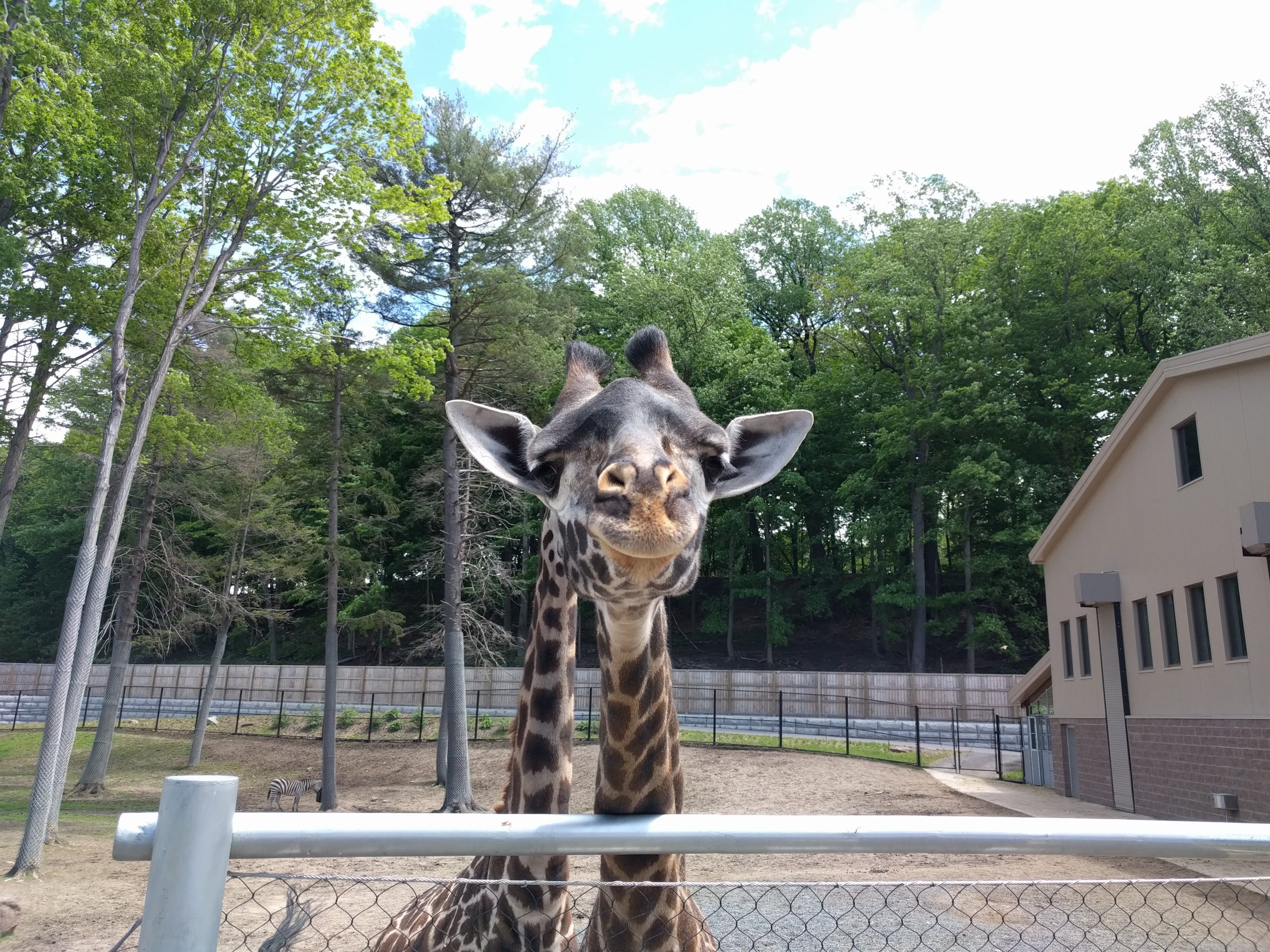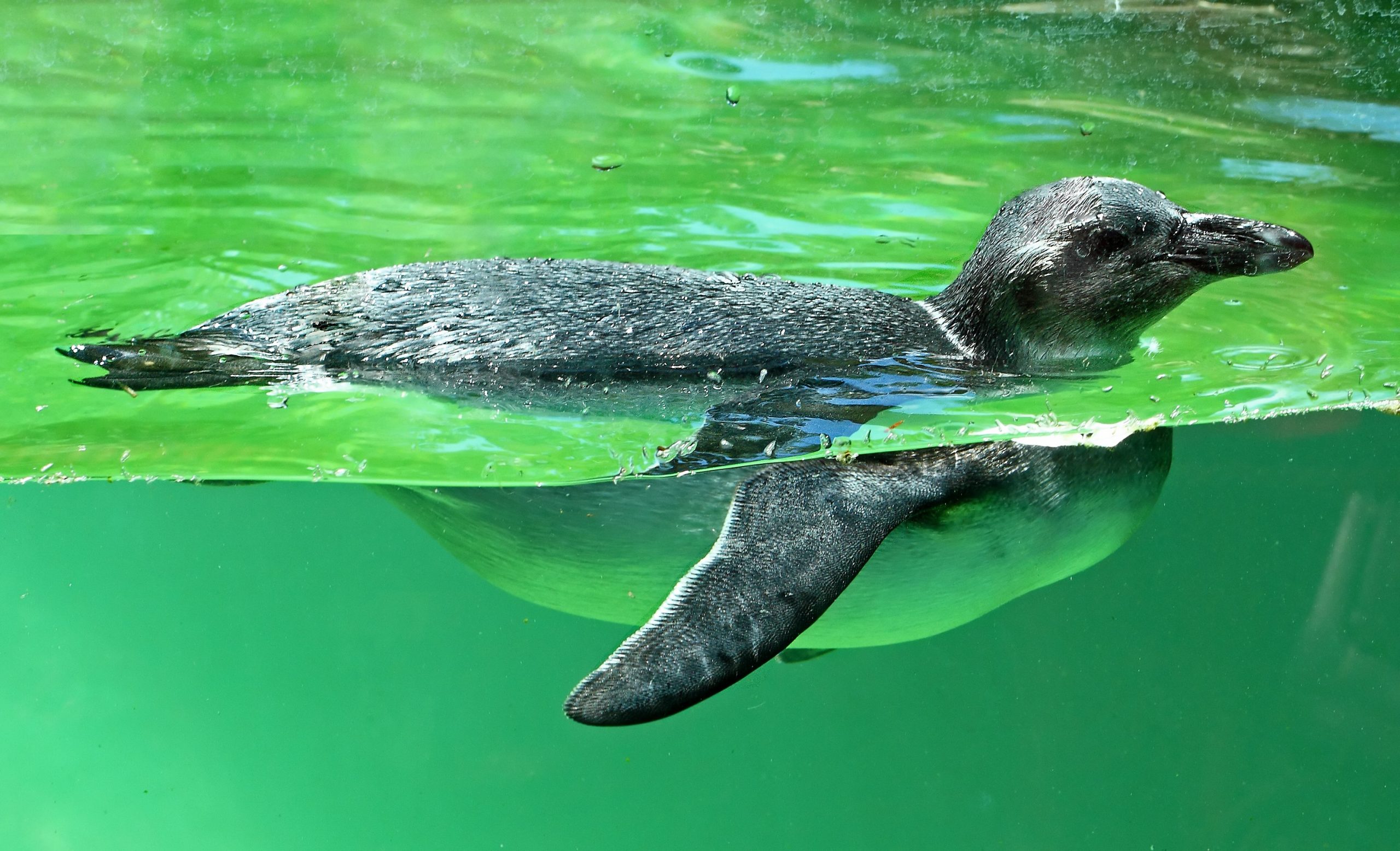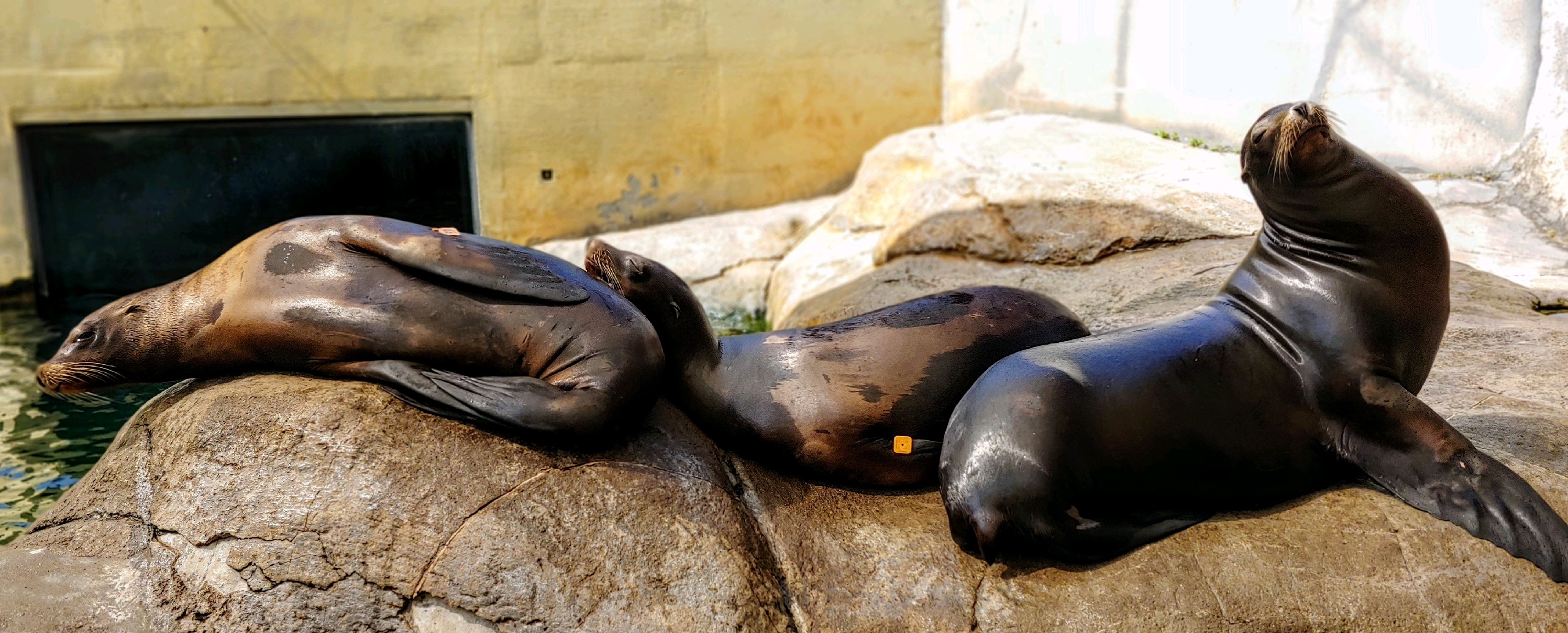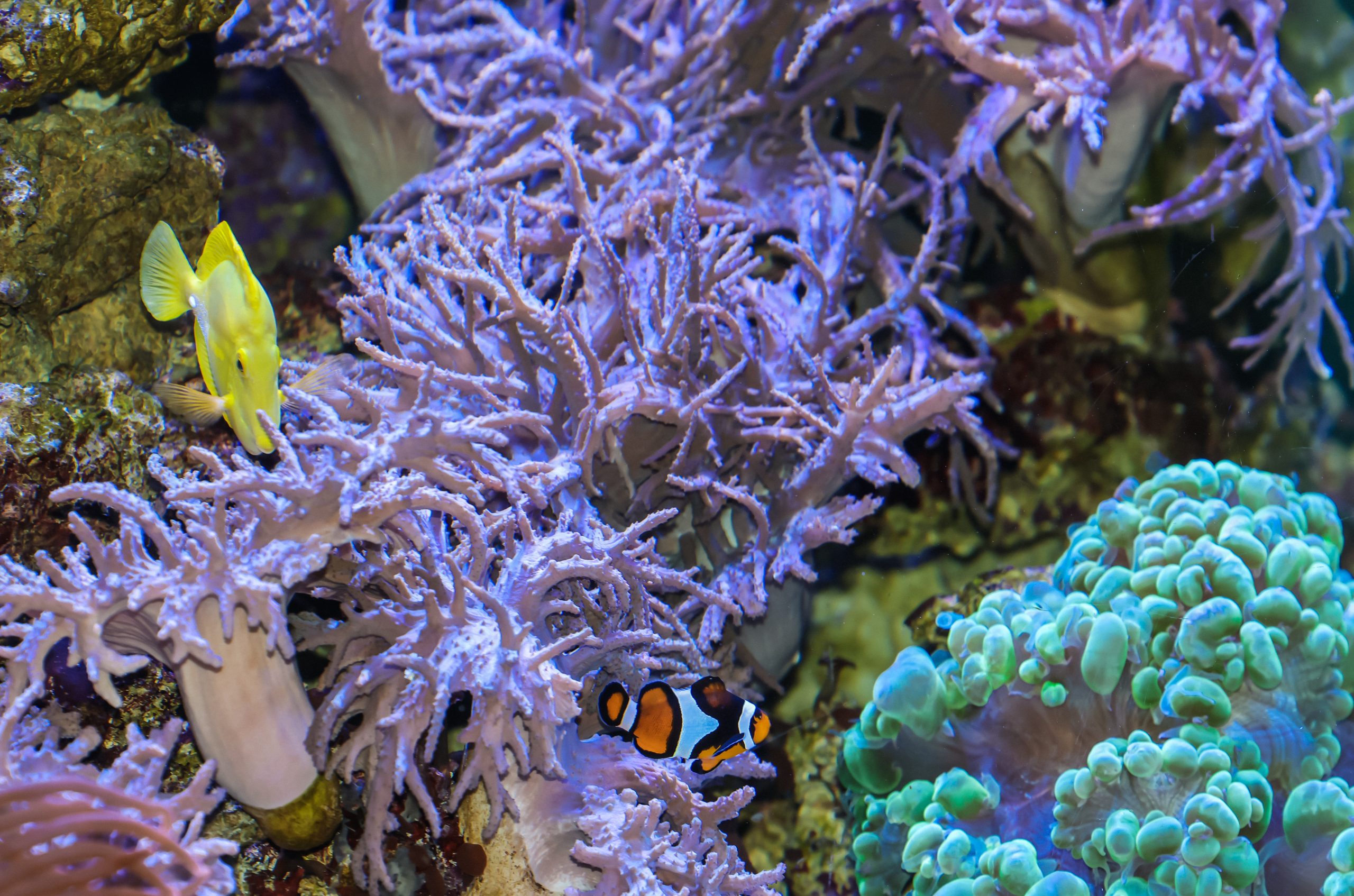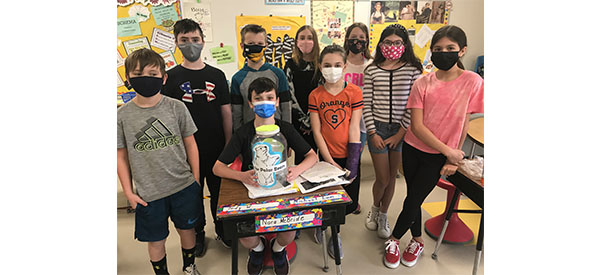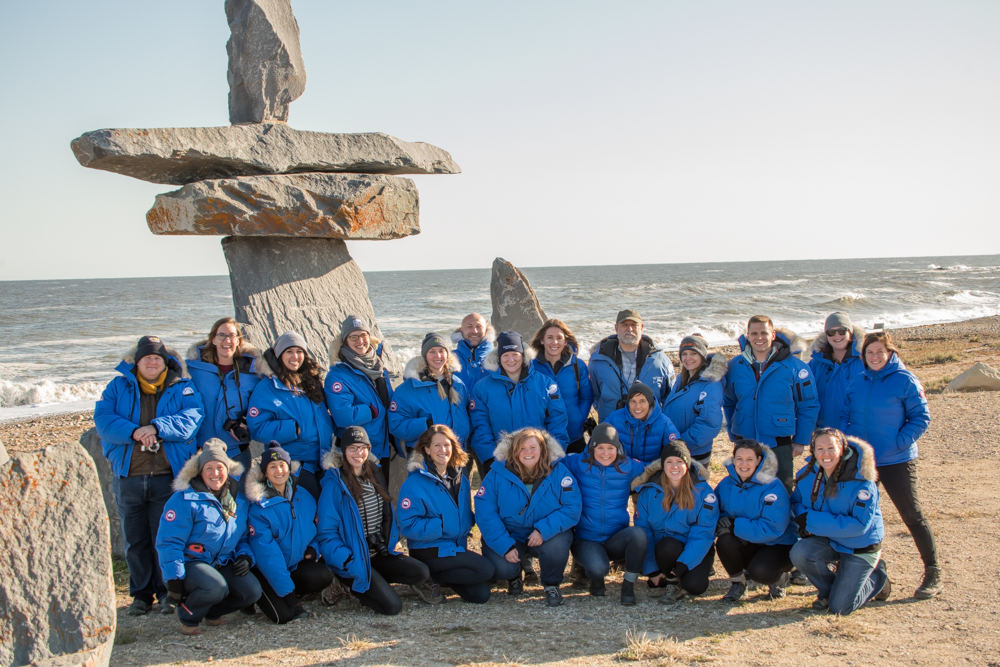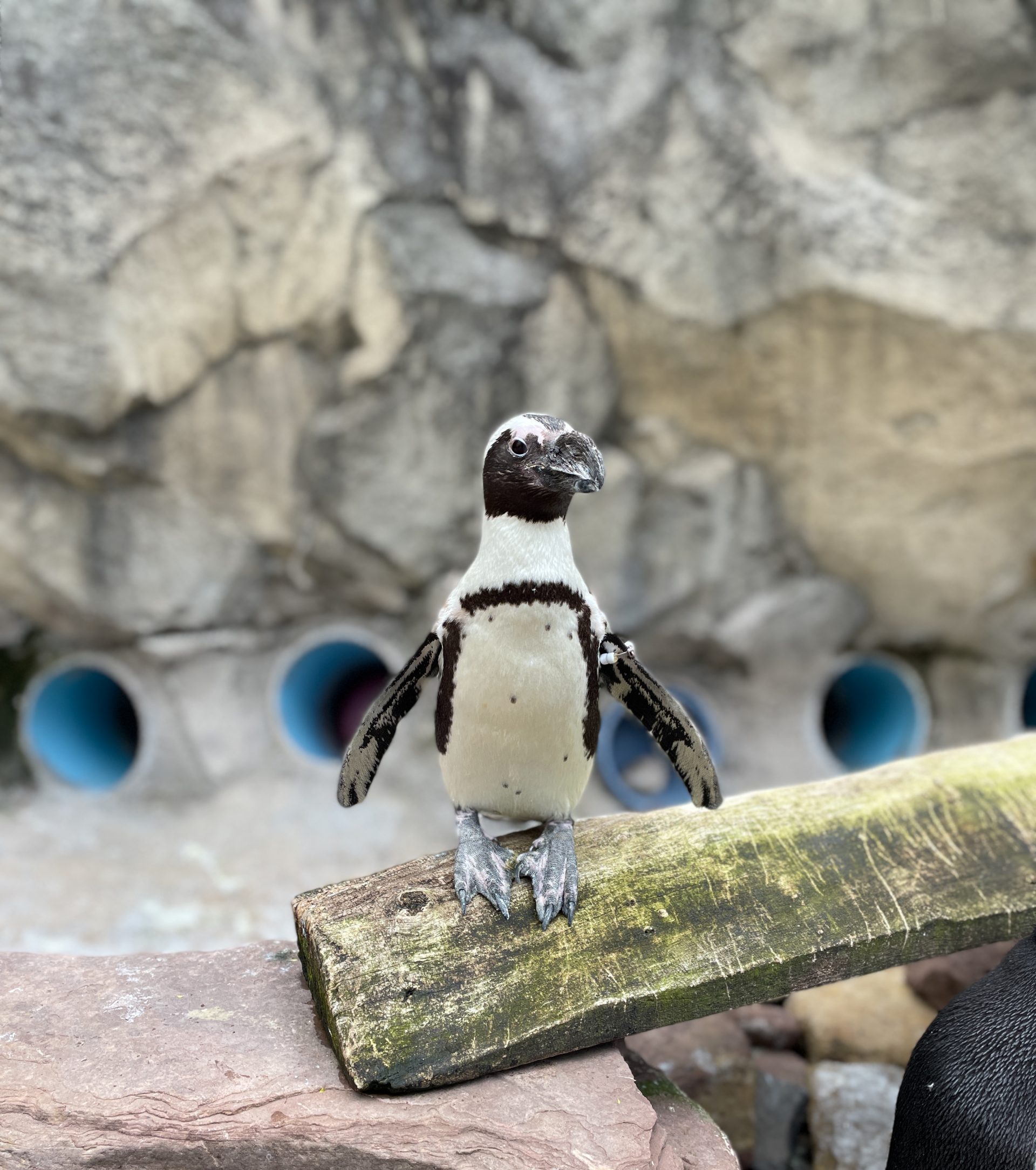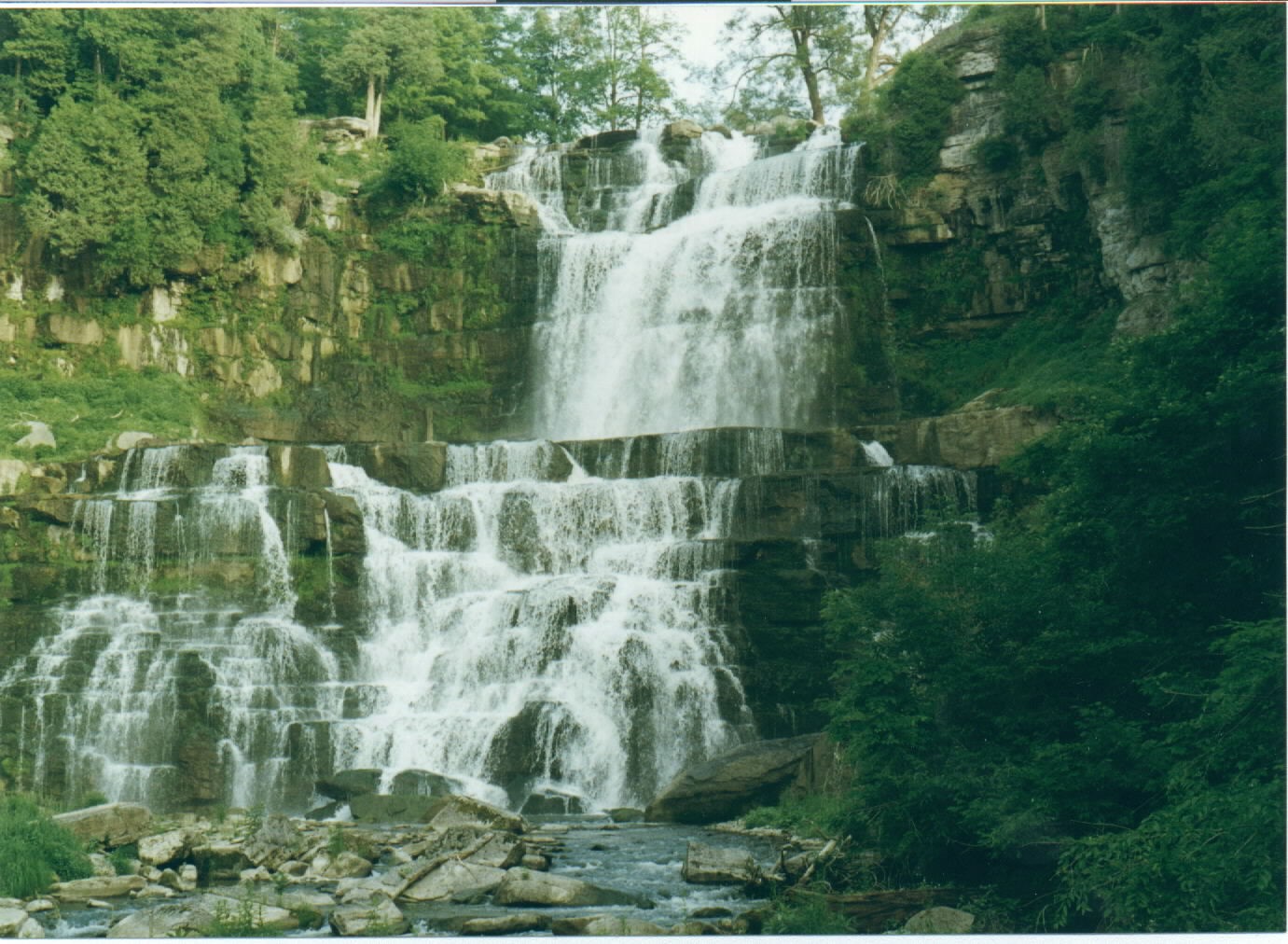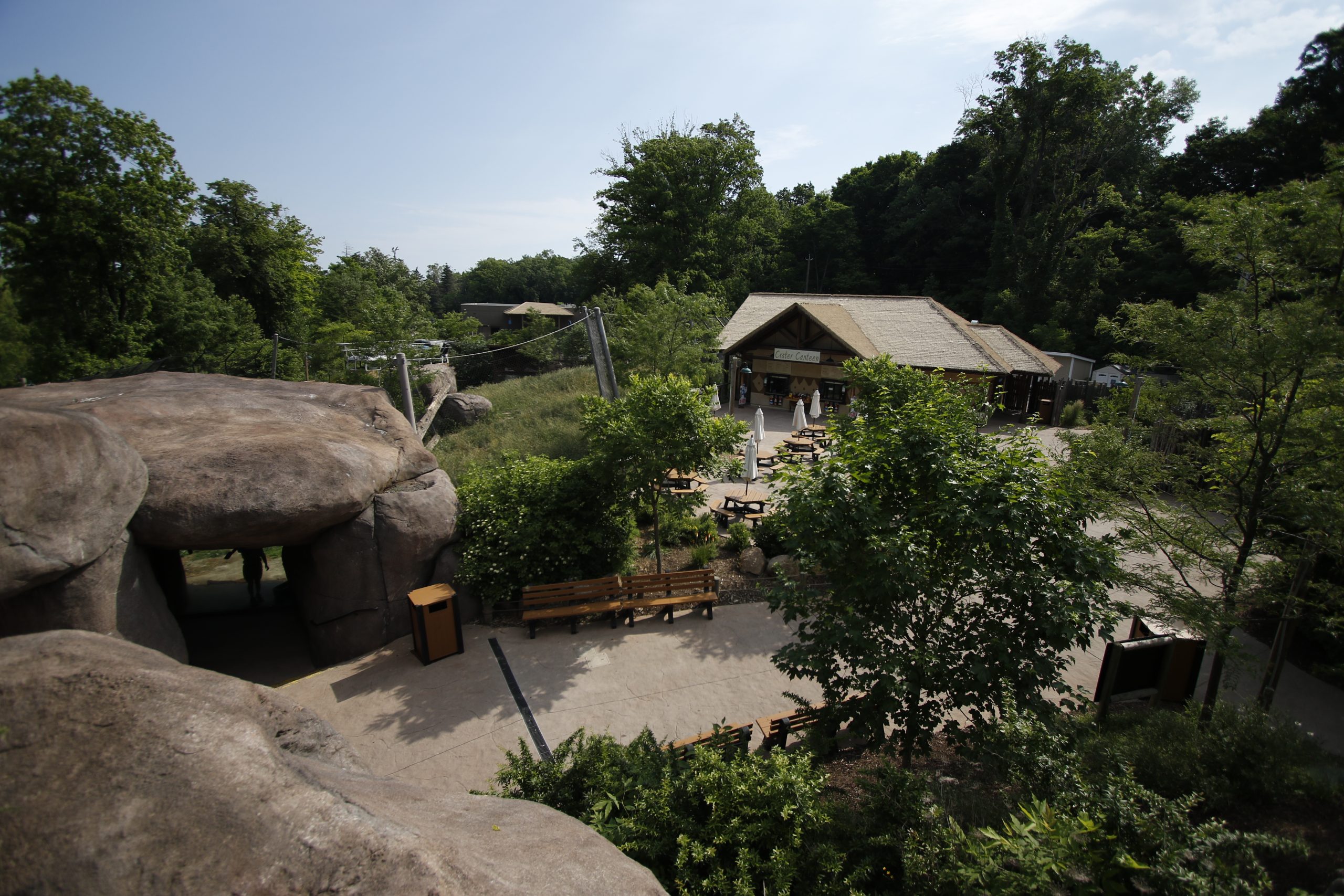June 19, 2021
June 21 is World Giraffe Day, when we celebrate the tallest land animal on the longest day of the year! In addition to having fun and educational giraffe-themed activities at the Zoo, an important part of our celebration is raising awareness and money for giraffe conservation. Giraffe are listed as vulnerable by the IUCN (International Union for Conservation of Nature), with many of the species and subspecies designated as endangered or critically endangered. This includes the Masai species that we have here at Seneca Park Zoo, whose numbers have declined around 50% in the last 30 years across the natural range, mainly due to habitat loss and poaching.To help Iggy, Kipenzi, and Parker’s wild counterparts, the Zoo partners with the Giraffe Conservation Foundation (GCF), which operates and supports conservation efforts in 16 African countries. These efforts include protecting giraffe habitat, monitoring giraffe numbers and locations, anti-poaching activities, research, and conservation education.
In addition to supporting GCF financially, Seneca Park Zoo is a Partner of the Giraffe SAFE Program, a collaboration of AZA-accredited zoos committed to maximizing their impact on giraffe conservation. As part of that effort, last year, Zoo Keeper Azzara Oston went to Uganda as part of a joint project between GCF and the Uganda Wildlife Authority to monitor the critically endangered Nubian giraffe. This involved locating giraffe, identifying them, and collecting feces to learn more about their diet.DonateSome of these giraffe had been translocated from a different part of the country, so this kind of monitoring is critical to gauge their health and the success of their reintroduction to an area where Nubian giraffe had historically lived. Although the trip had to be shortened as a result of the COVID pandemic, Seneca Park Zoo will continue to participate in these projects in the future.
You can read more about Azzara’s experience here.
Additionally, Iggy, Kipenzi, and Parker are directly helping their wild counterparts through participating in research studies targeted at answering questions important for giraffe conservation. We are actively training our giraffe to donate blood, which allows them to participate in genetics and pharmacokinetics studies to understand issues ranging from calf survivorship to the optimal drugs and dosages for treatment of diseases affecting giraffe in the natural range.
If you’d like to help with giraffe conservation, you can donate to the Giraffe Conservation Foundation by clicking the button below!
– Sarah Koopman, Zoo Keeper

